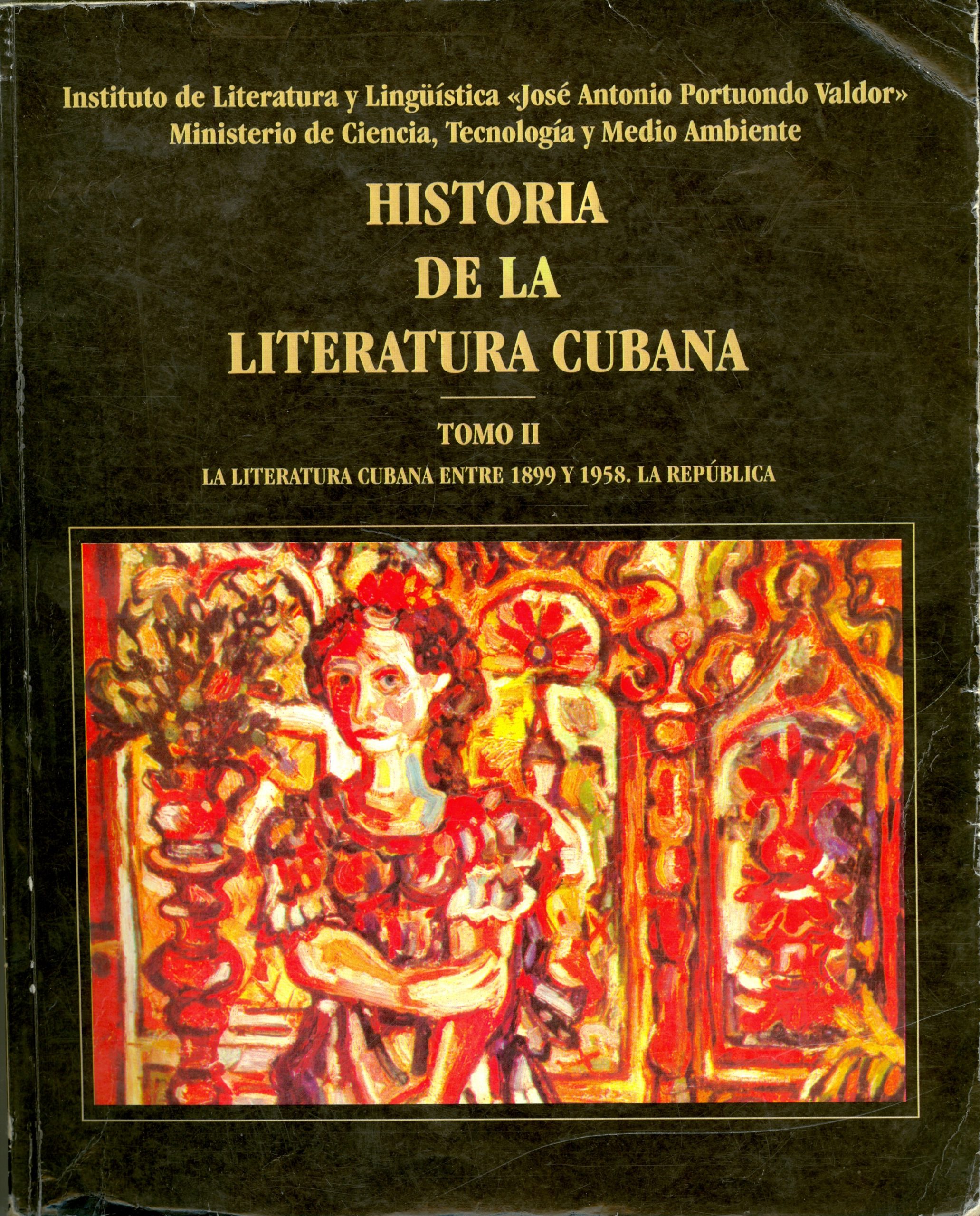4 The development of Cuban literature in the republican context (1899 – 1958)

Cuban literature, over the nearly six decades of underhand American influence, emerged from the frustration and rigidity of the expressive molds of the first two decades, toward the final configuration of a literary face, although still marked by domination, already integrated in terms of the currents and trends of the national, with the discoveries of a conception of defense of the popular that took into account all its sectors, in the most important cultivators of each genre.
Although the first two decades were not significant and were marked by anachronistic reminiscences of modernism and even late nineteenth-century romanticism, both in poetry and narrative, by 1930 the so-called Grupo Minorista had been established, with a political program and a literary proposal that had the Revista de Avance as its fundamental platform.
Each historical moment of this stage had its resonance either in literature or in its absence, and generational friction, without overlooking the preeminence of the elements of continuity, contributed to fertilizing it and broadening the panorama of the various genres, among which poetry occupied a relevant place as the pinnacle of cultural tradition.
The founding of the magazine Orígenes in 1944 and the literary activity carried out by its members several years before the project finally took shape contributed with unusual force to the rescue of the nationalist roots of culture—with special emphasis on the literary and revolutionary work of Martí—and took shape in a transcendent poetics aimed at warding off the prevailing banality resulting from a process of disintegration of national consciousness that needed to be reversed.
This period, perhaps as an expression of a literature that was at odds with the political and social context and where emigration already played an important role, has been the one that corresponds to the works of the greatest number of authors of literary value in the various genres, especially poetry.
As part of the Origenist Parnassus, the names of José Lezama Lima, Eliseo Diego, and Cintio Vitier are unavoidable, along with a whole other galaxy that includes Nicolás Guillén, Emilio Ballagas, Eugenio Florit, and many others. Fiction featured Lezama and Alejo Carpentier, also exponents of the American Baroque. The triumph of the Revolution in 1959 inaugurated a period of cultural prosperity that had already been cemented in some ways by these literary greats, who gave a face to Cuban literature.








